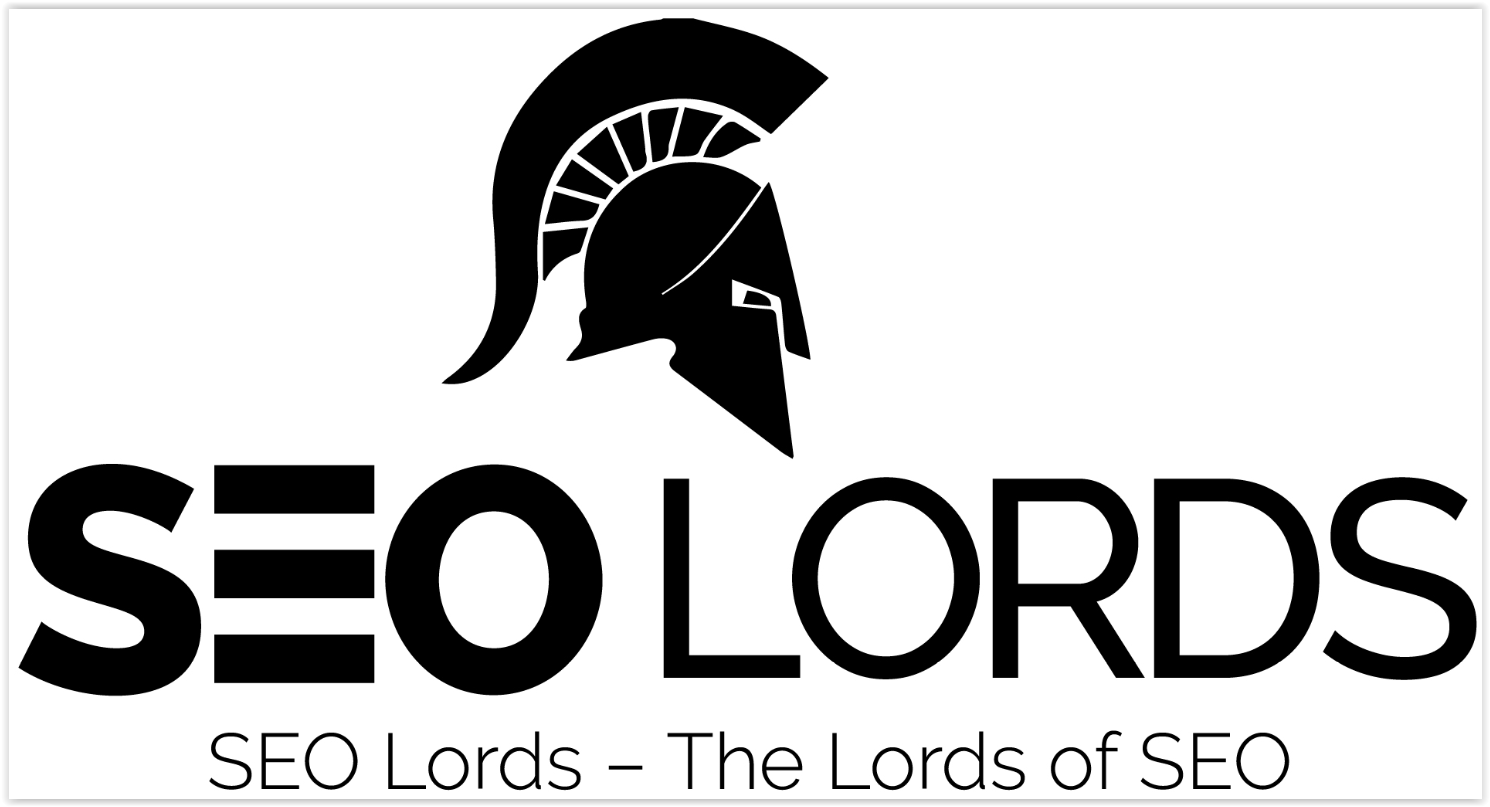This process of SEO may involve technical aspects of the site, such as coding, or it may involve the site as a whole, which may have a positive or negative effect on the site’s organic listings. The aim of technical SEO is to create an optimal site in terms of technical parameters that attract search engines as well as visitors.
Technical SEO is not as difficult as many make it out to be. There are lots of ways of doing this. There are two main objectives:
To attract search engine spiders
To attract search engine visitors.
When a search engine encounters a site and its robots, it scans for suitable pages. Then it scans for suitable keywords, hence it ranks sites. This ranking algorithm takes into account, among other things, its domain, age of site, keyword density of pages, page title, and other things. And all of these are important.
There are many other technical parameters that are taken into consideration, but the primary one is the domain. A good site will have long-tail keywords optimized. A long tail keyword is a keyword that does not get too competitive for one too many people to optimize it. For example, a web page optimized with “dog clothes” is likely to rank higher in the search engine because the competition is not too high. A long tail keyword is a way to help the site and its robots find the content, because the robots cannot read images.
The first step to technical SEO is to do proper keyword research. You can use free tools, or you can hire someone who does it for you. The best keywords are often not the most profitable. The search engine always wants to show the highest quality content, that’s its job. You have to make sure you choose keywords that match the site content, and you must make sure they are not too competitive.
Another thing to consider is the internal link structure of the site. If there are many short tail keywords on the site, they are more likely to rank high in the search engine. However, if there are lots of long tail keywords, they are less likely to rank high, because most of the visitors will already know those words, so if you use a short tail keyword it is most likely to rank low.
It’s only when there is a nice balance of long tail and short tail keywords that the site ranks high. This means that you need to do research about what is most likely to rank well for your site. There are some free tools that can do this for you.
This SEO approach uses several of the most common optimization methods. The first one is the creation of internal links. This is the practice of creating links within the site that points towards the target page. This helps to bring the site’s page rank up.
This also helps to increase the volume of traffic that the site gets, because it helps the robots to discover the site more quickly, and to discover more pages. The best tool is the internal link site tool, or the link checking tool, which allow you to compare the volume of traffic to a site vs. the number of links. This helps you to see if the links used are natural, or paid for. Then the tool will suggest how much of your site can be natural, and what percentage of your site should be paid for.
The site rating also shows how likely the site is to get high rankings. This tells you, along with other factors, how likely a page is to get a high ranking. The next optimization step is to create unique, optimized pages. Unique, optimized pages can help your site get higher rankings. This includes the use of a long, descriptive URL, and avoiding common errors. This means that you should have a very long URL for each page, and avoid using the same template URL.
The next step to an optimized site is to create the proper H1 tags. Here you should use the keyword, and keep the Title consistent with the content. You should also make sure that your heading has your main keyword. Another optimization step is to create H2 and H3 tags.
These help to bring more relevant search results, because the page includes your keyword. And finally, you should add Meta tags, because it allows search engines to recognize the page. The Meta tags should follow the Meta keyword system. These Meta tags include Meta description, Meta keywords, Meta anchor text, Meta key phrase, and Meta shaded.
Once the search engine robots are crawling your site, you need to have the proper Meta tags. You should try to optimize your site, and optimize each page of your site. The Meta keywords are important in that they should contain the main keywords of your page.
However, these Meta tags should include all the important keywords. It should be something like H1, H2, H3, H4. After the Meta tags are applied to the site, you need to have the proper H2 and H3 tags. This means that the two tags should contain the anchor text of your link. It should be a unique anchor text. With these steps, you should have your site ready for the search engine robots.

